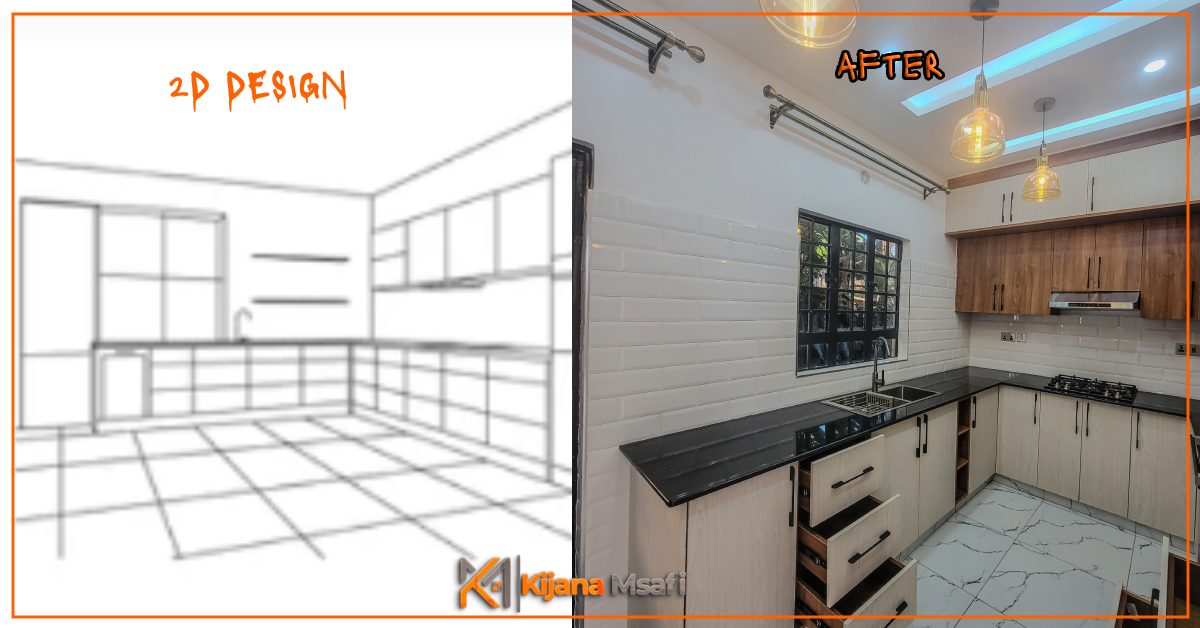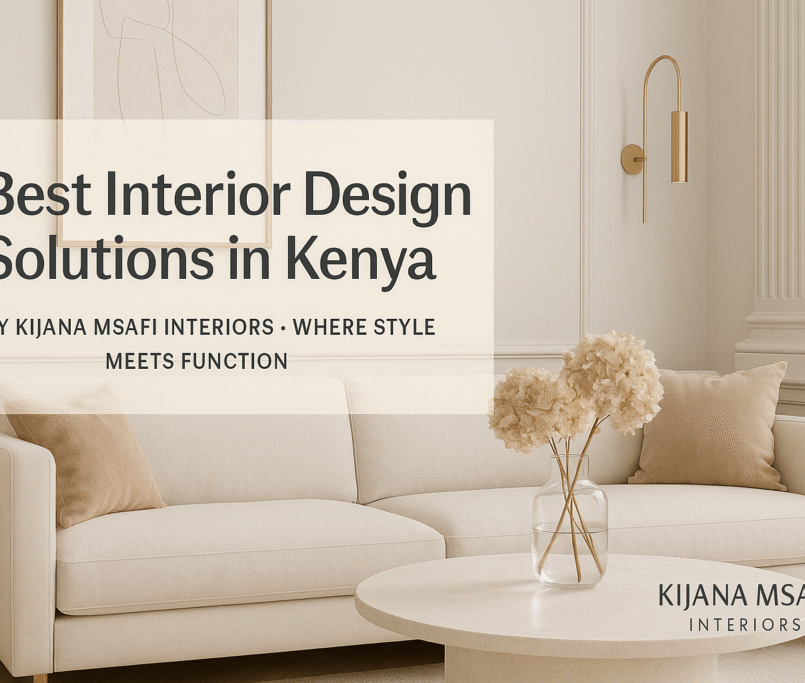The Power of 3D Rendering in Interior Design
In today’s competitive interior design landscape, 3D rendering has emerged as a game-changer, allowing designers to bring their visions to life with unparalleled realism and precision. 3D rendering, a process that transforms 2D designs into photorealistic 3D images, has revolutionized the way interior designers communicate their ideas to clients and stakeholders.
Visualization: Bringing Ideas to Life
One of the primary benefits of 3D rendering is its ability to provide a clear and accurate visualization of the final design. By creating a detailed 3D model of the space, designers can showcase their ideas in a way that is easily understandable to clients, even those without a design background. This level of visualization helps to eliminate misunderstandings and ensures that the final product aligns perfectly with the client’s vision.
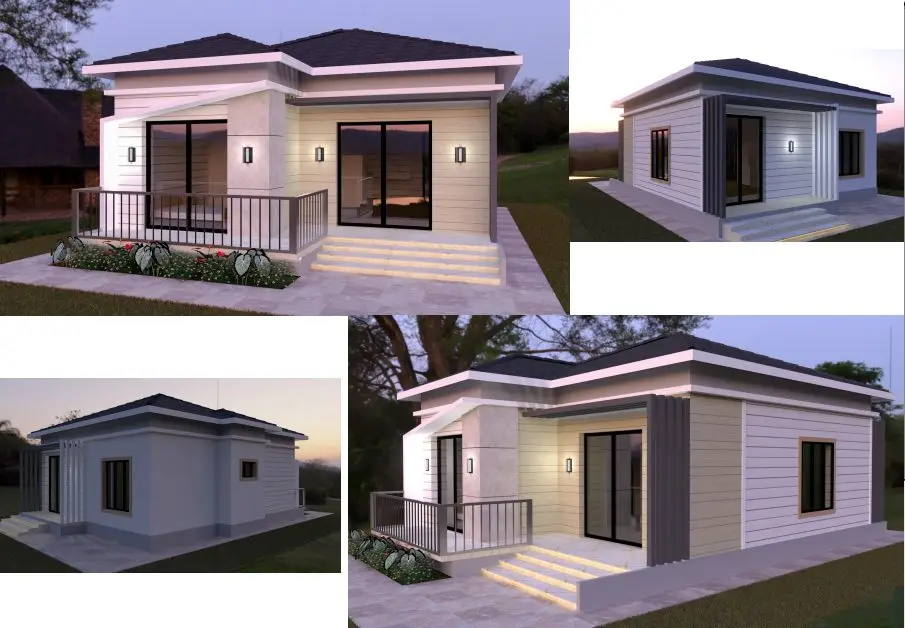
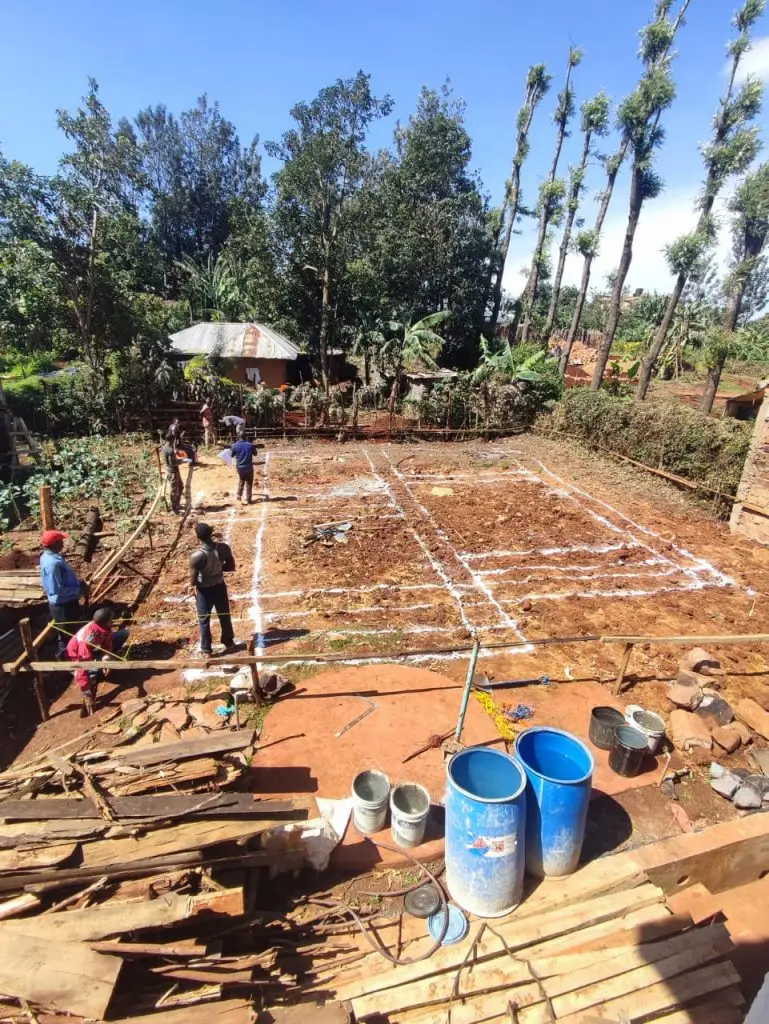
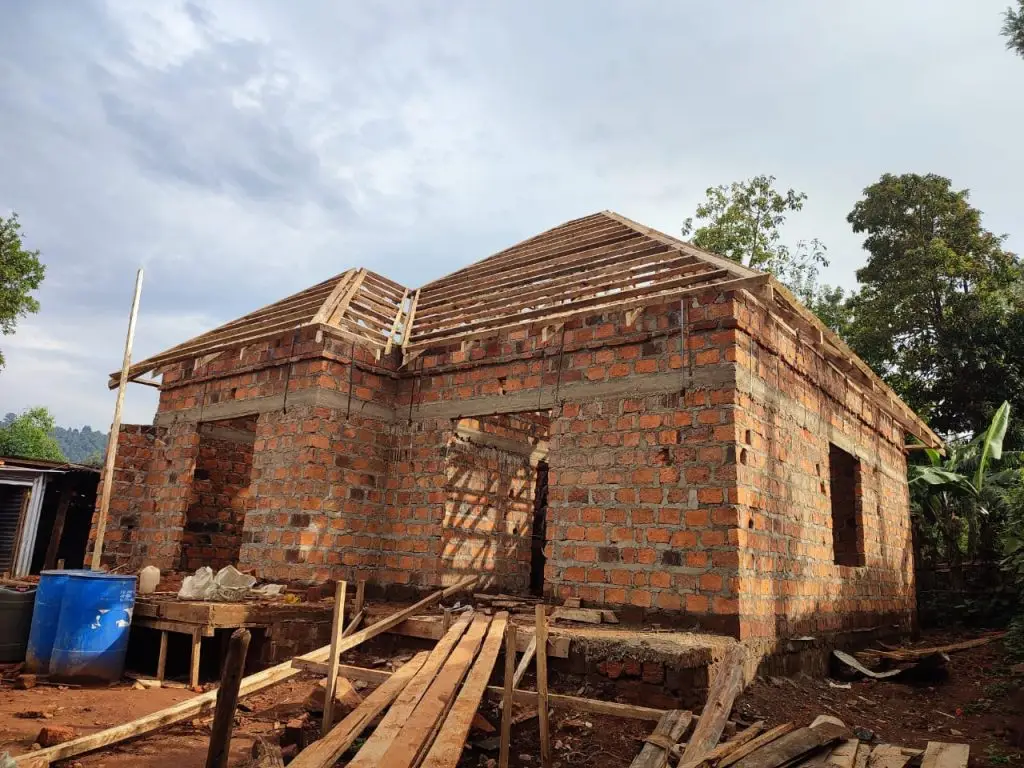
3D Modeling: The Foundation of Realism
At the heart of 3D rendering lies the 3D modeling process. By creating highly detailed and accurate 3D models of the space, furniture, and decor, designers can ensure that the final rendering looks and feels like the real thing. Kijana Msafi Interiors, a leading interior design firm in Kenya, has mastered the art of 3D modeling, using cutting-edge software and techniques to create stunning 3D models that serve as the foundation for their 3D renderings.
3D Rendering: Bringing the Vision to Life
Once the 3D models are in place, the rendering process begins. This involves applying realistic textures, lighting, and materials to the models to create a photorealistic image. Gabriel Ongeri, a renowned interior designer in Kenya, is known for his exceptional rendering skills, using advanced software and techniques to bring his designs to life in stunning detail.
3D Rendering Services: Elevating the Design Process
Many interior design firms now offer 3D rendering services as part of their design process. These services allow clients to visualize the final product before construction begins, reducing the risk of costly changes and ensuring that the design meets their expectations. Gabriel Ongeri, CEO Kijana Msafi Interiors, both offer 3D rendering services as part of their design process, helping to ensure that their clients are fully satisfied with the final product.
Conclusion
In conclusion, 3D rendering has become an essential tool in the world of interior design. By providing clear visualization, detailed 3D modeling, and photorealistic rendering, designers can communicate their ideas more effectively and ensure that their clients are fully satisfied with the final product. As the industry continues to evolve, it is clear that it will play an increasingly important role in the design process. Ready to transform your space?
- Phone: +254712265080
- Email: sos@kijanamsafiinteriors.com


